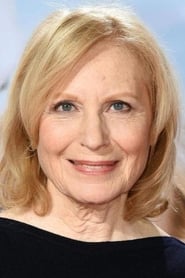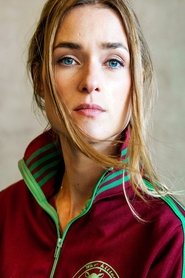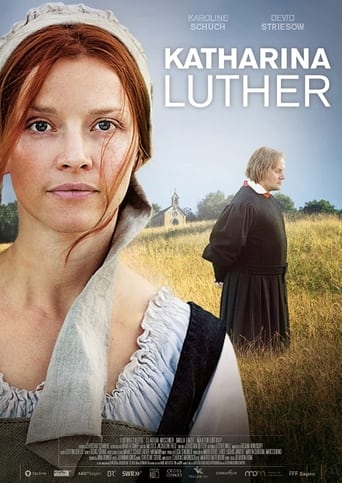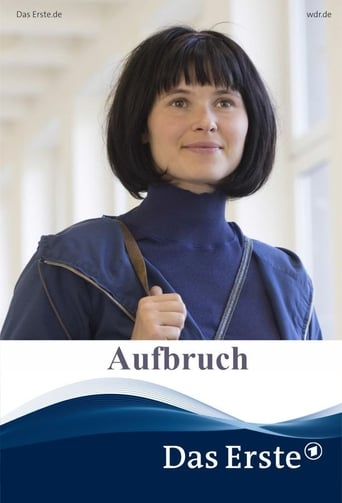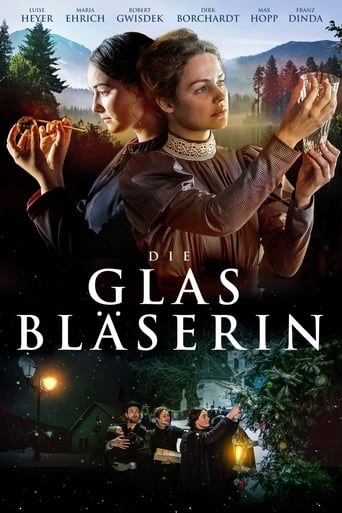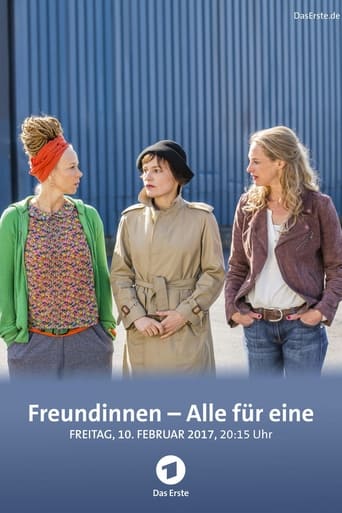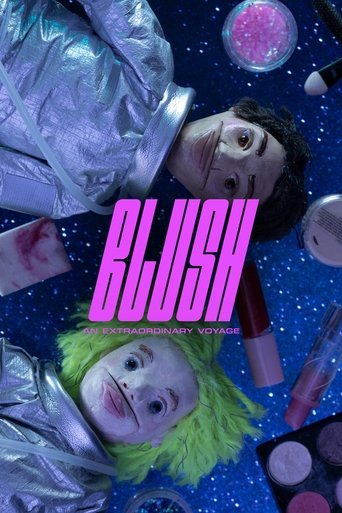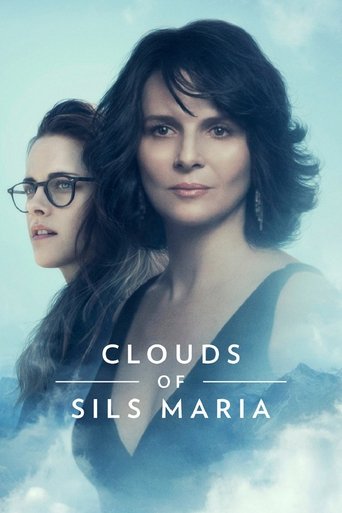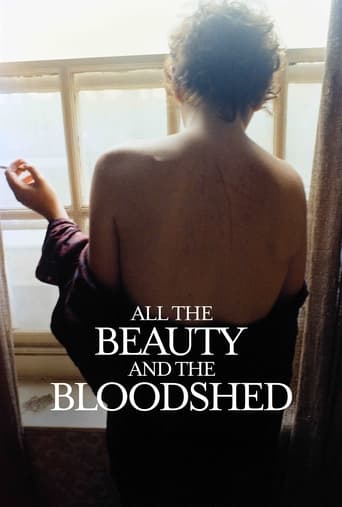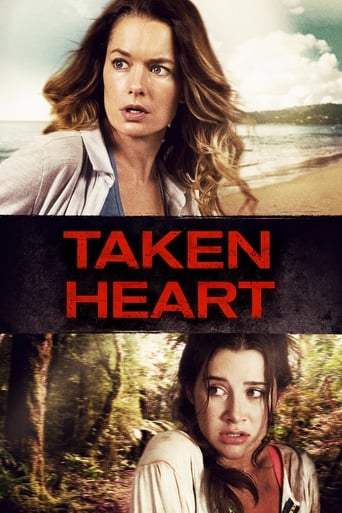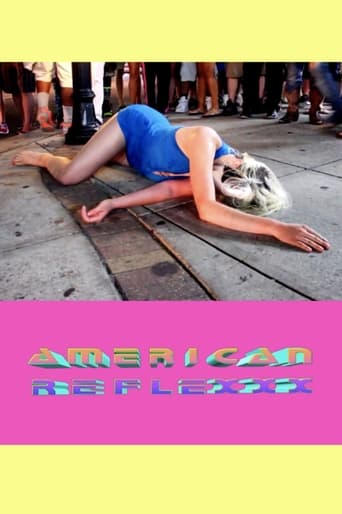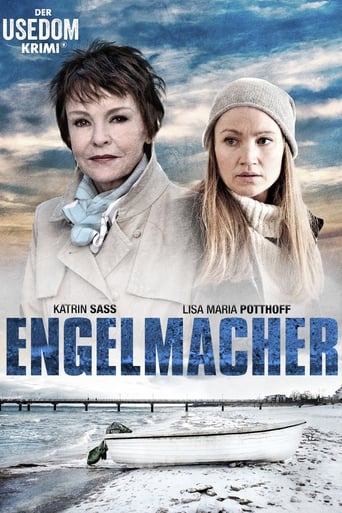
09 Nov 2016

Engelmacher - Der Usedom-Krimi
High season on Usedom. Sophie Thiel has accepted a holiday job and waits tables in the café on the Heringsdorf pier. She becomes friends with her young Polish colleague Jadwiga Gryn. After work, they make their way home together on their bikes. Shortly after the girls have parted ways, Jadwiga is ambushed, drugged and kidnapped.The search for the missing person is the first job that inspector Julia Thiel takes on again after her serious accident. Jadwiga's friend Christoph Dierwald fears the worst.
